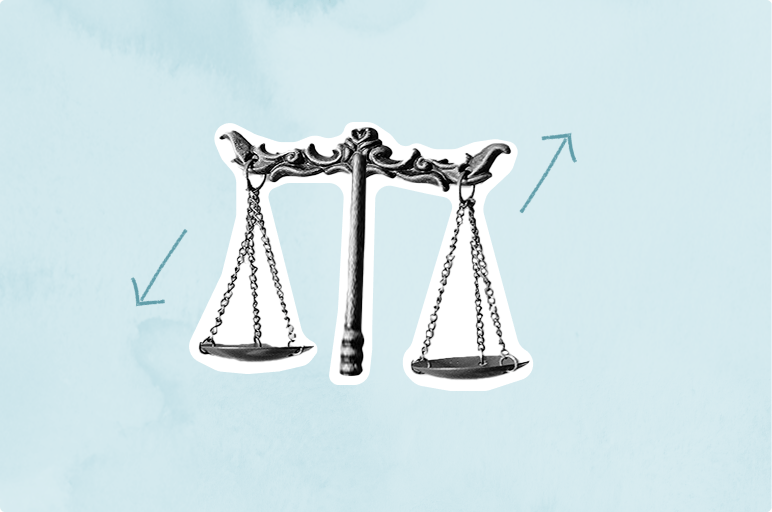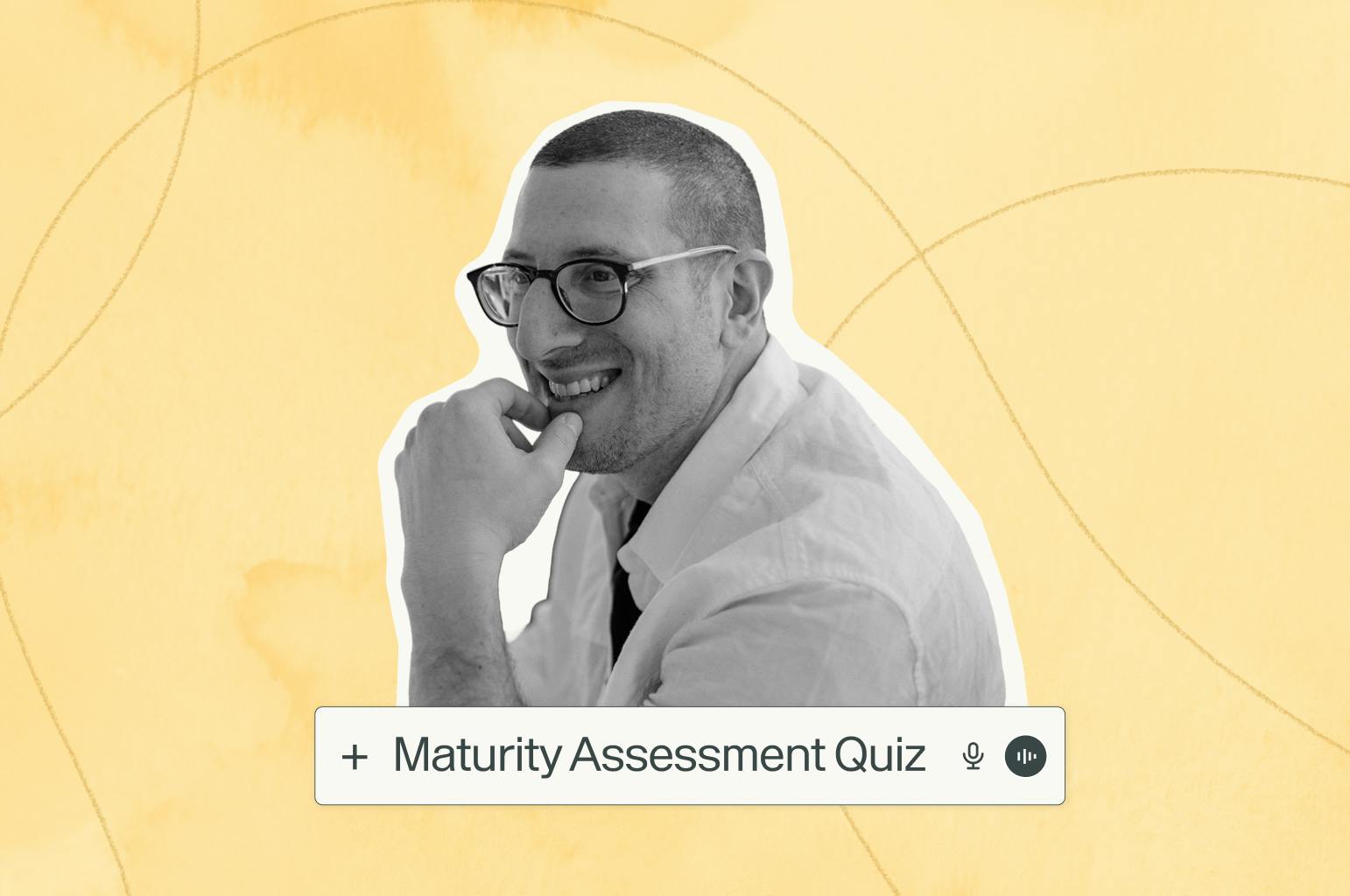Work-life boundaries: How to separate your work and personal life

You’ve likely heard the phrase work-life balance more times than you can count. But what does it really mean, and how can you make it a reality, not just an aspiration?
For busy professionals and people leaders alike, finding balance can feel out of reach. Between meeting deadlines, responding to last-minute requests, and staying connected in an always-on world, it’s easy for the lines between your work and personal life to blur. But without clear boundaries, both employees and organizations pay the price.
Below, we’ll explore why work-life boundaries matter, what happens when they disappear, and how you can create sustainable habits that protect your time, health, and focus—without compromising your impact at work.
Why boundaries matter—for everyone
The shift to remote and hybrid work opened new doors for flexibility. It also made it harder to switch off. According to Fingerprint for Success, the average workday increased by nearly 49 minutes after the 2020 lockdowns. Nearly half of employees now say they struggle to unplug at the end of the day.
Poor boundaries don’t just cause short-term stress. They’re linked to long-term health risks including burnout, anxiety, and cardiovascular disease. People who consistently work more than 55 hours a week are:
- 1.66x more likely to experience depression
- 1.74x more likely to develop anxiety
- 1.3x more likely to suffer from heart disease or stroke
And it affects more than individuals. Relationships suffer too. 48% of workers say their family life is negatively impacted by poor work-life balance, and 47% report it affects their friendships.
The business impact of blurred boundaries
For HR and L&D leaders, supporting healthy boundaries isn’t just about wellbeing—it’s a strategic imperative. When balance breaks down, engagement and retention follow:
- 72% of employees say work-life balance is a top priority when job hunting.
- 68% say poor balance affects their morale and motivation.
- 33% rank work-life balance as the most valuable benefit a job can offer.
And what’s causing the strain? According to employees, the biggest culprits include overbearing managers, inflexible hours, excessive overtime, and long commutes.
But there’s good news too. When companies prioritize balance, the benefits are clear:
- 85% of businesses with work-life balance focus report increased productivity.
- Companies with strong balance programs see 50% lower healthcare costs.
- Employees with good balance are more likely to stay; 33% say it increases their loyalty.
Without clear boundaries, both employees and organizations pay the price.
Setting work-life boundaries that work
Creating boundaries isn’t about saying “no” to everything. It’s about saying “yes” to the things that matter most—at work and at home. Here are some practical ways to start.
1. Take time off—and actually use it
It sounds simple, but it’s often overlooked. Many employees go months without taking meaningful time off, increasing their risk of burnout and disengagement. Use your annual leave, take sick days when needed, and encourage your team to do the same. Rest isn’t a luxury—it’s essential for long-term wellbeing and performance.
2. Explore flexible working options
Flexible schedules and remote work have changed the way many people approach their day—and for good reason. When done well, flexibility can reduce stress, support wellbeing, and improve overall quality of life. If your role allows for it, consider negotiating a hybrid model or establishing working hours that align with your energy, priorities, and responsibilities.
3. Create a schedule—and stick to it
Writing your goals down increases your chance of achieving them. Block time on your calendar for both work and personal priorities. That might mean shutting your laptop by 5 p.m., scheduling lunch breaks, or making time for hobbies or family.
4. Unplug from technology
Nearly 4 in 10 people say they never fully unplug. To reset, consider:
- Turning off notifications after hours
- Muting work apps like Slack during time off
- Dedicating screen-free hours for walks, meals, or personal activities
Even a short digital detox can help you recharge and be more present.
5. Leave the office on time
Whether your “office” is a physical space or a home setup, commit to a consistent end time. Long hours might feel productive in the moment, but they often lead to diminishing returns and long-term exhaustion.
6. Try meditation or mindfulness
Meditation is a proven way to ease out of work mode and into personal time. It supports mental clarity, reduces stress, and can even spark creativity.
7. Schedule time for what matters most
Whether it’s family dinners, fitness classes, or a solo coffee break, protect time in your day for what helps you reset. Prioritizing your personal life makes you more resilient and focused when it’s time to work.
8. Communicate your boundaries
Boundaries are only effective when they’re respected. Talk openly with your manager and colleagues about when you’re available—and when you’re not. Tools like out-of-office emails or shared calendars can help reinforce expectations.
If your boundaries aren’t supported, it may be time to reassess the work environment. A culture that values wellbeing is essential for long-term success.
Help your employees create better balance
Juggling work and life isn’t easy, but it is necessary. When employees are empowered to set boundaries, they’re healthier, happier, and more productive. And when organizations support that balance, they build trust, loyalty, and long-term success.
Build a healthier learning culture
Related Articles

Application Guide: How to use the Go1 AI for L&D Maturity Assessment to assess our workforce AI capability

AI upskilling made clear: A practical guide to building an AI-ready workforce

Go1 welcomes PepTalk

5 Data-Backed Insights Shaping the Future of AI in Workplace Learning

Train smarter, spend less
Train smarter,spend less
Connect with a Go1 expert to explore the best training options for your organization—no pressure, just solutions that work.